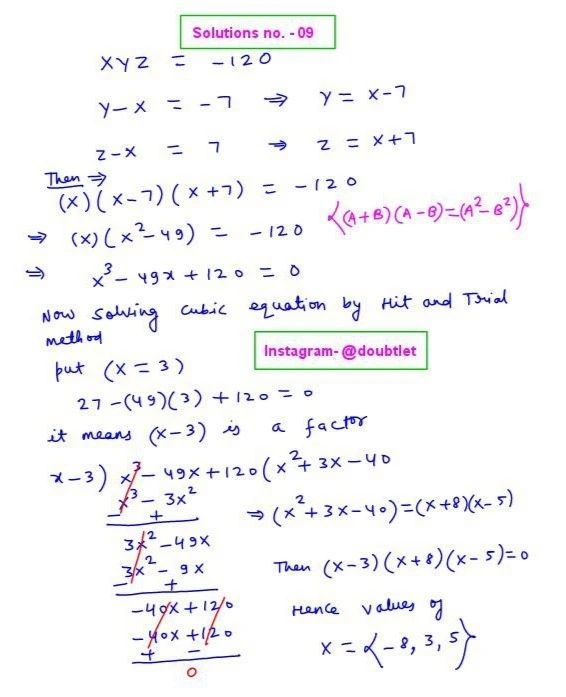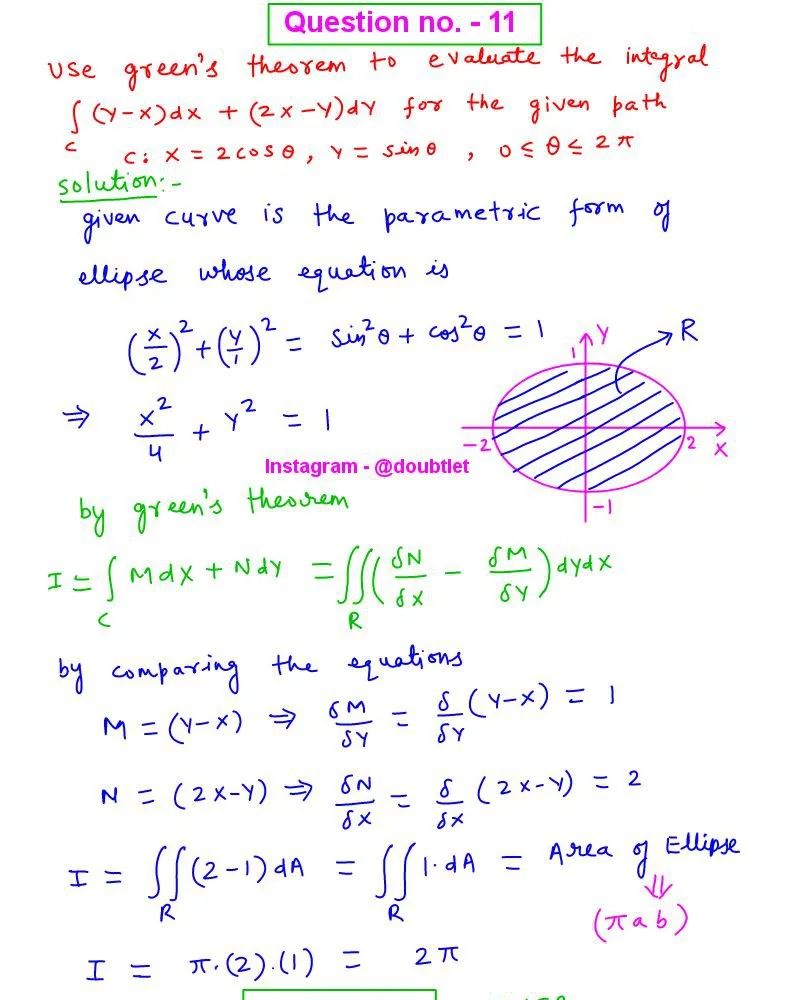









Question :
Find the velocity, acceleration, and speed of a particle with the given position function:

Solution:

Neetesh Kumar | December 11, 2024
Calculus Homework Help
This is the solution to Math 1C
Assignment: 13.4 Question Number 4
Contact me if you need help with Homework, Assignments, Tutoring Sessions, or Exams for STEM subjects.
You can see our Testimonials or Vouches from here of the previous works I have done.
Step-by-step solution:
Step 1: Velocity,
The velocity is the derivative of the position function:
Differentiate each component of :
- The derivative of is .
- The derivative of is .
- The derivative of is .
Thus:
Step 2: Acceleration,
The acceleration is the derivative of the velocity function:
Differentiate each component of :
- The derivative of is .
- The derivative of is .
- The derivative of is .
Thus:
Step 3: Speed,
The speed is the magnitude of the velocity vector:
Simplify each term:
- ,
- ,
- .
Thus:
Final Answer:
-
Velocity:
-
Acceleration:
-
Speed:
Please comment below if you find any error in this solution.
If this solution helps, then please share this with your friends.
Please subscribe to my Youtube channel for video solutions to similar questions.
Keep Smiling :-)
Comments(0)



Leave a comment